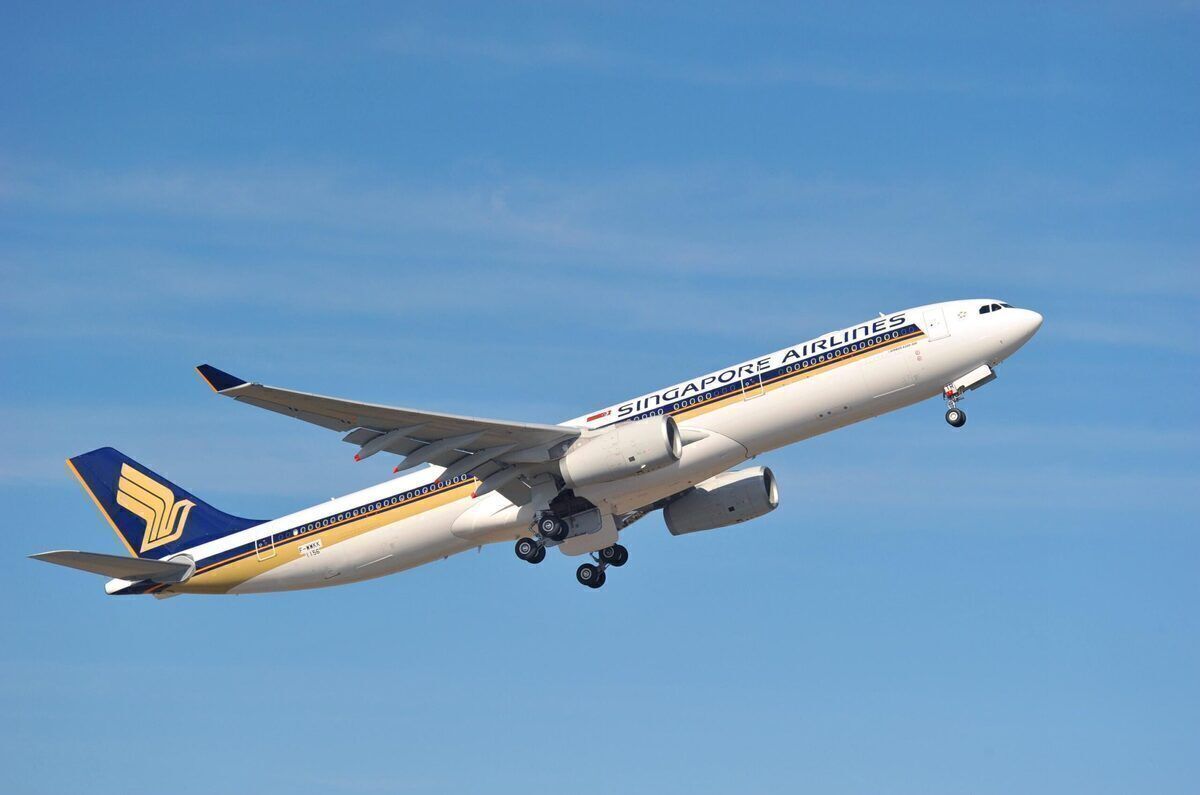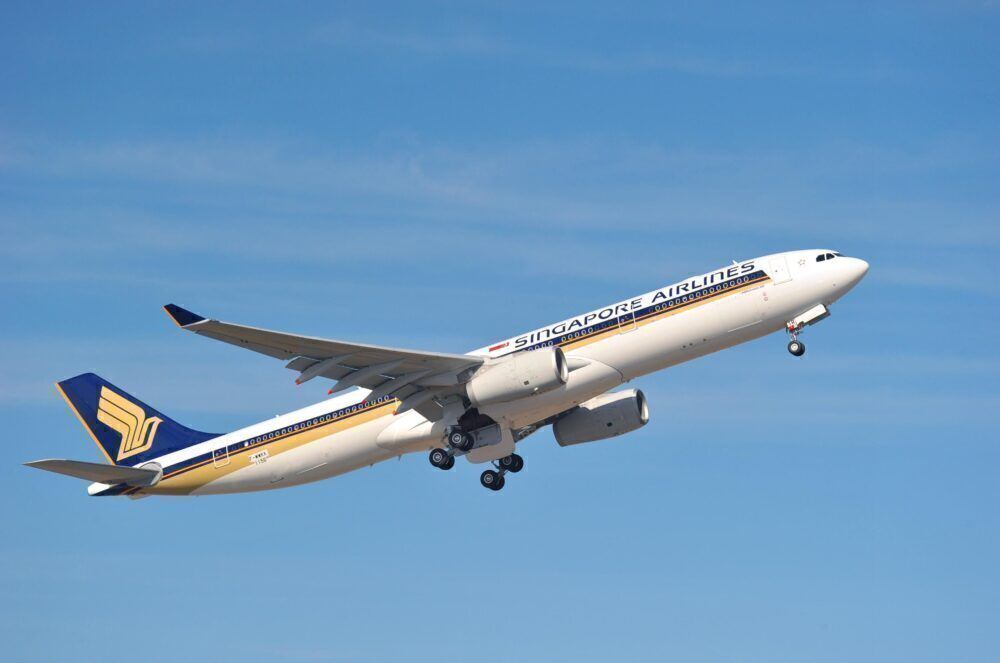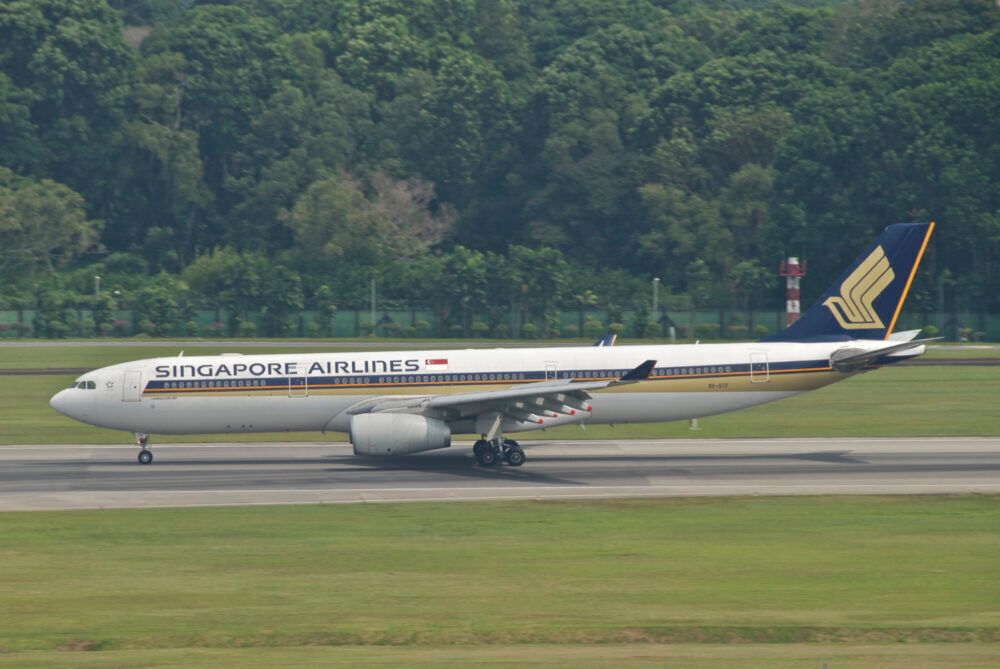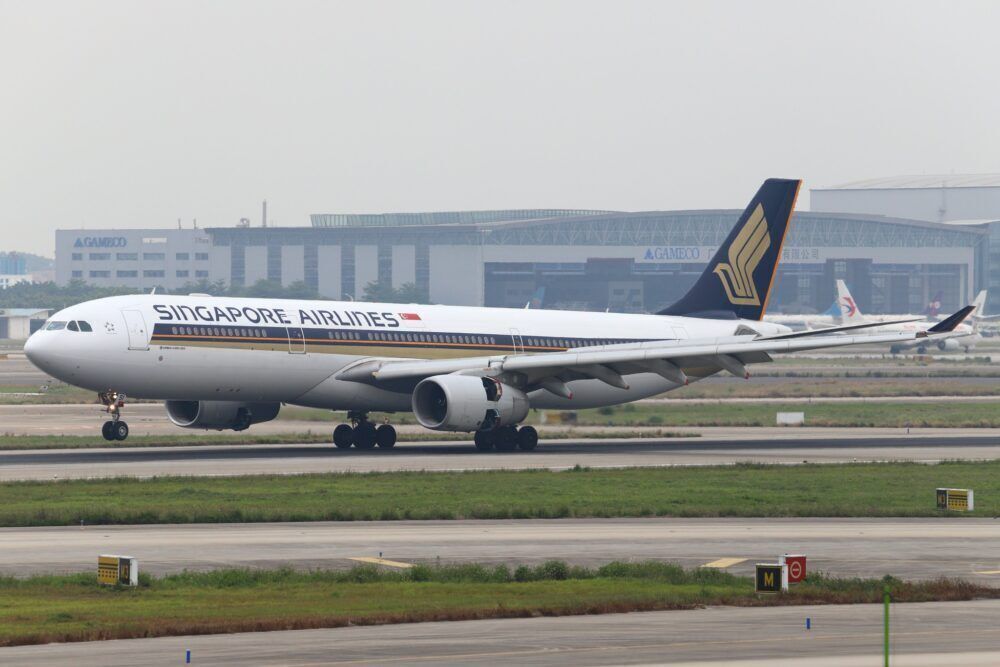This week saw the release of Myanmar's report on Singapore Airlines SQ998's tailstrike at Yangon Airport. The incident occurred in November 2019 and the Airbus A330-300 suffered substantial damage. No passengers were harmed. Today, Myanmar authorities have released the final report on the incident and its causes.
Communication
According to the Aviation Herald, the Myanmar Aircraft Accident Investigation Bureau (AAIB) has identified a probable cause for the accident. In its final report, the AAIB stated,
"During the landing, the pitch up inputs by the PF [Pilot Flying] caused the aircraft to reach a maximum pitch angle of 10.7 degrees, resulting in the tail strike."
The decision of the pilot flying at the time to pitch up caused the tail of the aircraft to strike the ground during its landing. However, this decision to increase pitch up seems to due to a communication lapse a few seconds earlier.
While coming in to land, the pilot-in-command (PIC) told the pilot flying (PF) to "hold the attitude." The PF understood this to mean that the aircraft was losing altitude and must pitch up. The PIC repeated the command three more times, even after the safety pilot (SP) added, "Nose attitude too high."
However, in reality, the PIC meant to say that the aircraft was at the correct altitude, and the same should be maintained, as revealed by post-incident interviews. The PF's understanding resulted in the aircraft pitching up to 10.72 degrees, most likely causing the tail strike. During this flight, the PIC was also the pilot monitoring, whose duty it is to evaluate the PF.
Lapse
In addition to the communication faults, the report also highlights how the PIC/PM did not follow the correct procedure. In particular,
"According to the operator’s procedures, the PM should monitor the pitch angle and announce “PITCH PITCH” when it exceeds 7.5 degrees nose up attitude. The aircraft was porpoising during the initial touchdown and the pitch angle of the aircraft exceeded 7.5 degrees three times during the 12 seconds period prior to the tail strike...The absence of “PITCH PITCH” in the CVR audio track suggests that the PM did not notice the PFD showing that the aircraft pitch angle had exceeded 7.5 degrees."
The pilot-in-command's decision to not take over controls or give input from the sidestick, despite repeated warnings, may have also contributed to the incident. The report also highlights that it is difficult for monitoring pilots to judge when to take over controls when evaluating a trainee. However, it also recommends that it would have been more prudent for the PIC to provide dual input instead of repeatedly offering the same instruction.
Currently
As mentioned in our report from 2019, no passengers were harmed during the tailstrike and did not even notice it. The aircraft taxied to the stand and passengers disembarked as usual. The pilots only realized the tailstrike after ground staff informed them of damage to the tail and lower fuselage.
According to RadarBox.com, the A330-300 involved in the incident, 9V-SSI, has only flown once since the incident. The aircraft made its way back to Singapore in December 2019, likely to undergo repairs, but has not flown since. With only three A330s left in the fleet and retirement impending, 9V-SSI might soon be heading for the door instead of carrying passengers again.




